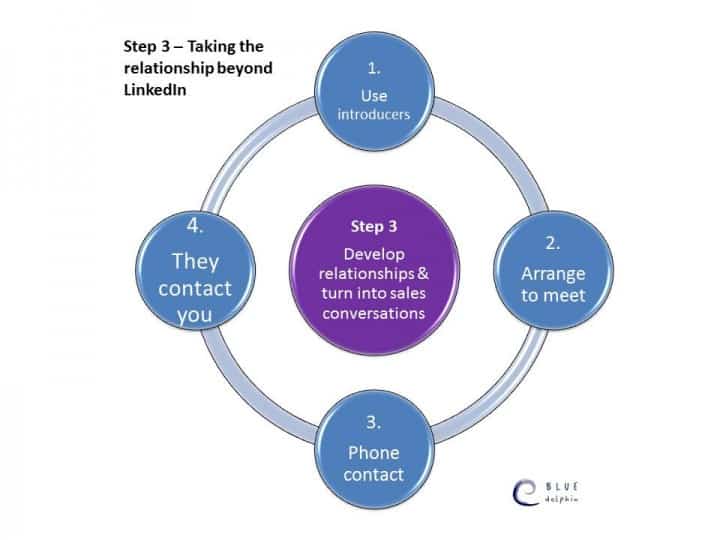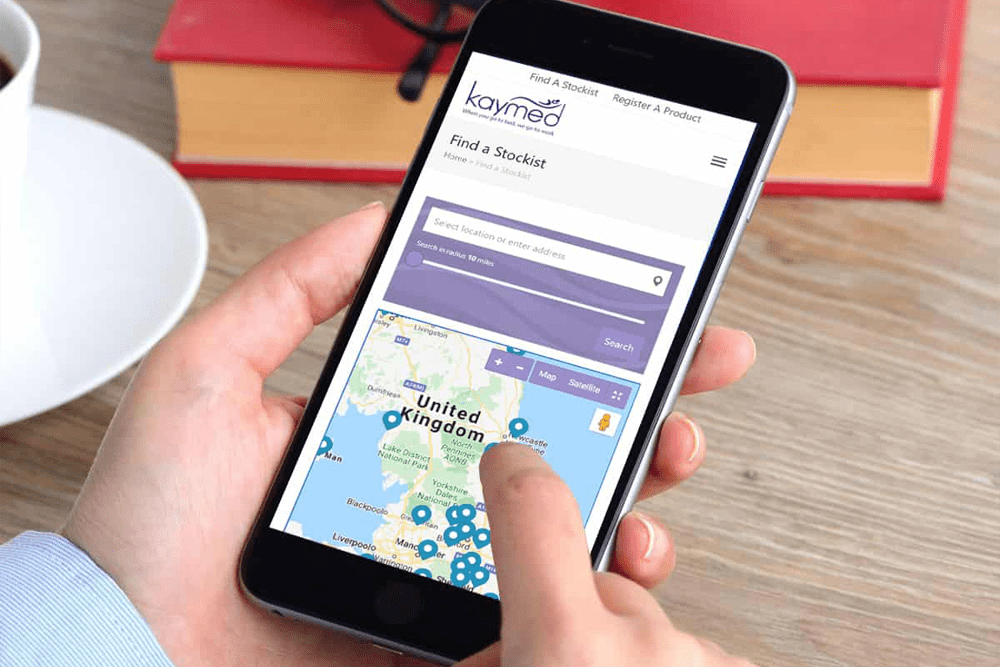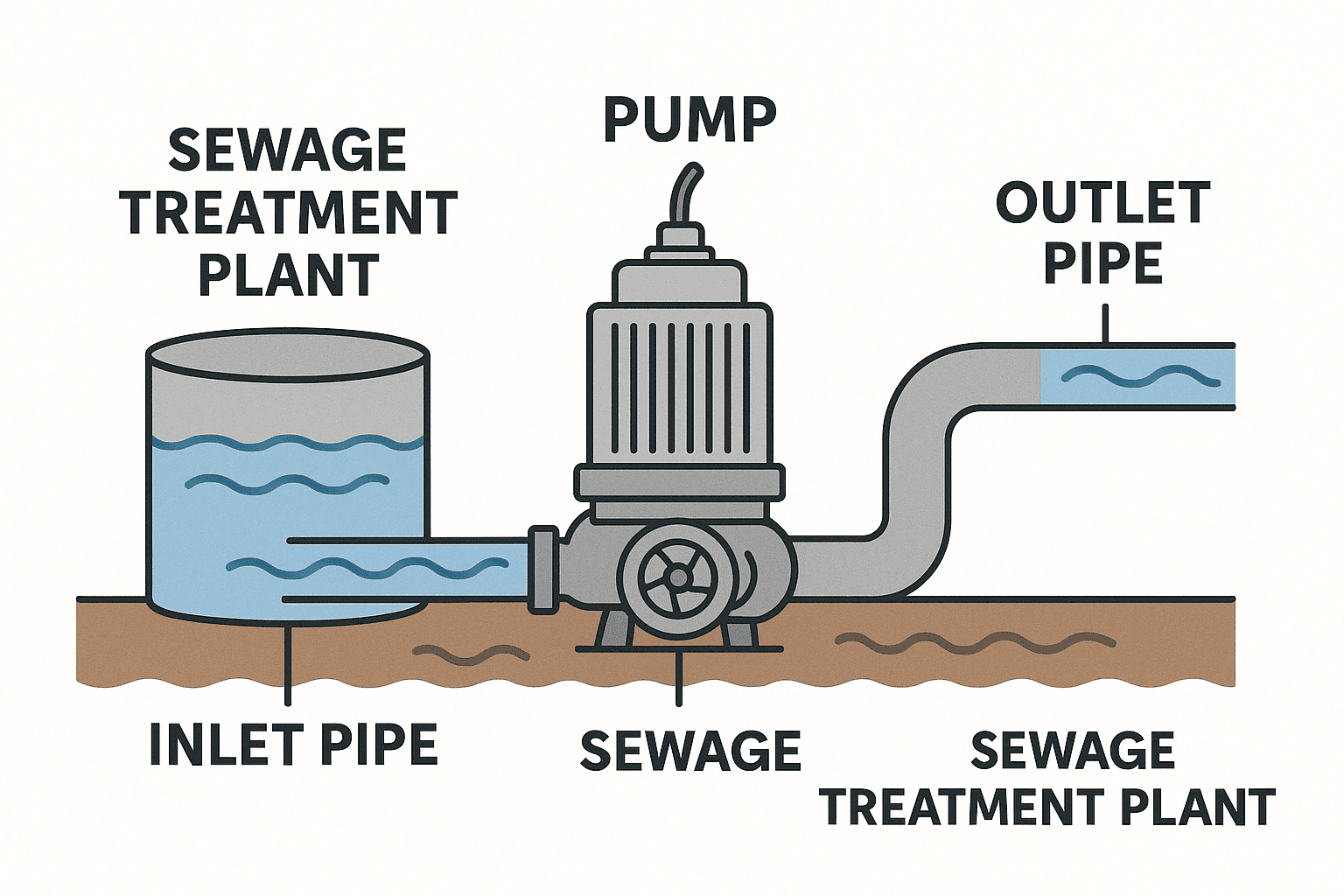Overview on LinkedIn?
In today’s digital age, social media has become an essential tool for businesses to connect with their customers and grow their brand. One platform that has emerged as a powerful tool for professionals is LinkedIn. With over 700 million members worldwide, LinkedIn provides a unique opportunity for businesses to connect with potential clients, partners, and employees.
In this article, we will explore the various ways businesses can use LinkedIn to generate leads, build their brand, and establish themselves as thought leaders in their industry. Whether you’re a small business owner or a corporate executive, this article will provide you with actionable tips and strategies to make the most out of your LinkedIn presence and take your business to the next level.
LinkedIn can be a powerful tool for generating leads and growing your business. Here are some techniques that you can use to generate leads on LinkedIn:
- Optimise Your Profile: Your LinkedIn profile is the first impression you make on potential clients. Make sure your profile is complete and optimised with relevant keywords that describe your business and what you offer.
- Build Your Network: Connect with people who are relevant to your industry and target market. This can include clients, prospects, industry leaders, and other businesses.
- Engage with Your Network: Engage with your network by commenting on their posts, sharing relevant content, and sending personalised messages. This helps you build relationships and establish yourself as an authority in your industry.
- Share Relevant Content: Share valuable content that’s relevant to your target market. This can include industry news, case studies, and tips and tricks related to your business.
- Use LinkedIn Groups: Join and participate in LinkedIn groups that are relevant to your industry. This can help you connect with potential clients and establish yourself as an authority in your field.
- Utilise LinkedIn Ads: Consider using LinkedIn ads to target specific audiences based on job title, industry, or company size. This can help you reach a larger audience and generate leads.
- Monitor Your Analytics: Keep track of your LinkedIn analytics to see what’s working and what’s not. This can help you optimise your approach and generate more leads over time.
By using these techniques, you can leverage the power of LinkedIn to generate leads and grow your business.
Purrrfect to build a brand
LinkedIn is a powerful platform for professionals to build their personal brand and establish themselves as thought leaders in their industry. Here are some ways LinkedIn can help you build your brand:
- Create a Strong Profile: Your LinkedIn profile is your personal brand on the platform. Make sure it’s complete, up-to-date, and showcases your skills, experience, and accomplishments.
- Share Valuable Content: Share articles, insights, and industry news that are relevant to your target audience. This helps you establish yourself as an authority in your field.
- Engage with Your Network: Engage with your network by commenting on their posts, sharing relevant content, and sending personalised messages. This helps you build relationships and establish yourself as a trusted expert in your industry.
- Participate in LinkedIn Groups: Join and participate in LinkedIn groups that are relevant to your industry. This helps you connect with potential clients and build your reputation as an expert in your field.
- Publish Articles on LinkedIn: LinkedIn’s publishing platform allows you to share your thoughts and expertise with a larger audience. Publishing articles on LinkedIn can help you establish yourself as a thought leader and build your brand.
- Get Endorsements and Recommendations: Endorsements and recommendations from colleagues and clients can help establish your credibility and expertise in your industry.
- Utilise LinkedIn Ads: Consider using LinkedIn ads to promote your personal brand and reach a larger audience. This can help you build your reputation and attract new clients or job opportunities.
By using these strategies, you can leverage LinkedIn to build your personal brand, establish yourself as a thought leader, and attract new clients or job opportunities.
Becoming a thought leader
Establishing yourself as a thought leader on LinkedIn can help you build your personal brand, attract new clients or job opportunities, and position yourself as an authority in your industry. Here are some strategies to help you use LinkedIn to establish yourself as a thought leader:
- Share Valuable Content: Share articles, insights, and industry news that are relevant to your target audience. This helps you establish yourself as an authority in your field and can help you attract followers who are interested in your expertise.
- Publish Articles on LinkedIn: LinkedIn’s publishing platform allows you to share your thoughts and expertise with a larger audience. By publishing articles on LinkedIn, you can demonstrate your knowledge and experience, and provide valuable insights to your followers.
- Participate in LinkedIn Groups: Join and participate in LinkedIn groups that are relevant to your industry. This helps you connect with other professionals and provides opportunities to share your knowledge and expertise.
- Engage with Your Network: Engage with your network by commenting on their posts, sharing relevant content, and sending personalized messages. This helps you build relationships and establish yourself as a trusted expert in your industry.
- Speak at Events: LinkedIn’s events feature allows you to find and attend relevant industry events. Consider speaking at events to showcase your expertise and build your reputation as a thought leader in your field.
- Offer Thoughtful Insights: When commenting on posts or participating in group discussions, offer thoughtful insights and perspectives on industry trends and news. This helps you establish yourself as a thought leader and can help you attract followers who are interested in your perspective.
By using these strategies, you can use LinkedIn to establish yourself as a thought leader in your industry, build your personal brand, and attract new clients or job opportunities.
Rules of LinkedIn Content
- Links embedded within content limit reach of your post so its best to avoid them
- Video files should be posted natively rather than YouTube. Positioning files natively on LinkedIn will help to maximise the reach of your post
- 1-3 times per week maximises reach with minimum 18 hour gap.
- Don’t comment first or edits posts within 10 minutes of posting
- Engage with comments to maximise reach
- Alt tags for images – adding alt tags to images to make them more accessible
- Hashtags at bottom for accessibility
- First 90 minutes are vital for engagement so its important to be active during this time
Are You using Linked In?
Today I got an Linked In message from a contact asking me to download a link.
Whilst I am connected to the person I was surprised to see the request and the link.
I therefore messaged him ( which was a good idea) as it identified his LinkedIn account had been hacked.
As always beware and perhaps change your LinkedIn password

Which of the following best describes your current Linked In capability?
Novice |
Happy Amateur |
Guru |
| Not sure what to do | Got a decent number of contacts | You access on a daily basis |
| Been asked to connect by others | Not commenting on groups / posts | You actively scan the feeds |
| Go on monthly | Sharing content | |
| Have only recently got a profile | Posting and commenting on content | |
| Doing cold connecting |
What are your sales objectives?
Objective
Get in front of more prospective customers
Time Frame
1 week to 5 years
End Goal
To make sales to some of these people at some point
Maintain relationships
Reconnect with old clients
How well do you perform in the following sales activities?
1: Identify and build contacts with the right people
2: Communicate to those people
3: Develop relationships and turn into sales conversation
How To Use Linked In As A Selling Tool
Linked in is great for activities 1 and 2
If you struggle with sales conversations and sales conversion then Linked in isn’t the approach that you need to focus on. At this stage you need to improve your sales skills
Linked In – isn’t
- The answer to all your problems
- A substitute to other sales and marketing activities
- A way to sell directly
- Going away
Linked In – is
- Considered one of the most influential B2B social media tools
- A tool to raise your company’s profile
- One way to start, develop and maintain relationships
- An approach that can consume a lot of time
How To Use Linked In As A Selling Tool – The 3 Steps
How To Use Linked In As A Selling Tool – Step 1
Find and approach the right people. Some people suggest that having approximately 250 people in your network who know who you are is appropriate.
Check your profile. Is the headline title appropriate, what could you do to enhance the summary information. Customise the standard linked in url and make it personal to you. Make sure that you fill in the specialist section

Getting your approach right
You need to identify if Linked In best first approach. Would you be better contacting by direct mail / email first and then using Linked in. When asking to connect with people on linked in create a personalised message (rather than just the generic I’d like to connect” cheap propecia us .

Using As A Selling Tool – Step 2 What value can you add
No good just communicating at audience, you need to communicate to them as individuals.
Individualise content, pay attention to them, endorse them, share contacts

Use LI As A Selling Tool – Step 3
This is where you need to take the relationship beyond linked in and moves you into the realms of using other sales and marketing techniques to move the relationship forward.

Want to pick up the phone and speak to us about your Website project?
Call us on: 01733 361729 mail: solutions@bdolphin.co.uk
3 Social Media Tips
- Identify what if any groups are in your community
- Social Media is about storytelling. How can you
- Educate
- Inspire
- Entertain
- Sales is a tactic and not a strategy

As an SME Manufacturer How to use LinkedIn
As an SME (Small and Medium-sized Enterprise) manufacturer, LinkedIn can be a powerful tool for networking, branding, and generating business opportunities. Here are some tips on how to make the most of LinkedIn:
- Create a compelling company page: Build a strong LinkedIn company page that showcases your SME manufacturing business. Include a detailed description, engaging visuals, and relevant keywords. Highlight your unique selling points, products, and services.
- Connect with industry professionals: Reach out and connect with individuals who are relevant to your industry, such as potential clients, suppliers, distributors, and experts in your field. Engage in meaningful conversations, share insights, and build relationships.
- Join industry groups: LinkedIn offers various industry-specific groups where professionals discuss trends, share knowledge, and network. Find relevant groups related to manufacturing, SMEs, and your specific niche. Engage in discussions, offer valuable insights, and establish yourself as an authority in your field.
- Share valuable content: Regularly share informative and engaging content related to your industry. This could include articles, blog posts, case studies, videos, or infographics. Provide valuable insights, share success stories, and demonstrate your expertise in manufacturing.
- Engage with your audience: Respond promptly to comments and messages on your company page. Engage in conversations with your connections and group members. This helps build trust and fosters a positive image for your brand.
- Utilise LinkedIn’s publishing platform: LinkedIn’s publishing platform allows you to create and share longer-form articles. Use this feature to provide in-depth insights, share thought leadership content, or discuss industry trends. This can help establish your SME manufacturing business as a trusted resource.
- Leverage LinkedIn advertising: Consider using LinkedIn’s advertising options to target specific audiences based on their job titles, industries, or locations. This can help you reach decision-makers in potential client companies, suppliers, or other relevant professionals.
- Seek recommendations and endorsements: Encourage satisfied customers, business partners, or industry experts to provide recommendations and endorsements for your SME manufacturing business. Positive reviews and endorsements can boost your credibility and attract potential customers.
- Monitor industry insights: LinkedIn offers valuable industry insights and analytics through its Sales Navigator and LinkedIn Pages analytics. Monitor these insights to understand trends, identify potential leads, and make informed business decisions.
- Collaborate with influencers: Identify influencers or experts in your industry who have a significant following on LinkedIn. Collaborate with them on content or joint initiatives to expand your reach and tap into their network.
LinkedIn is a professional networking platform, so maintain a professional tone, be genuine in your interactions, and focus on building meaningful relationships. If you would like to know how to achieve 1 click social media click here for more details or call Andrew Goode on 01733 361729 or click here











